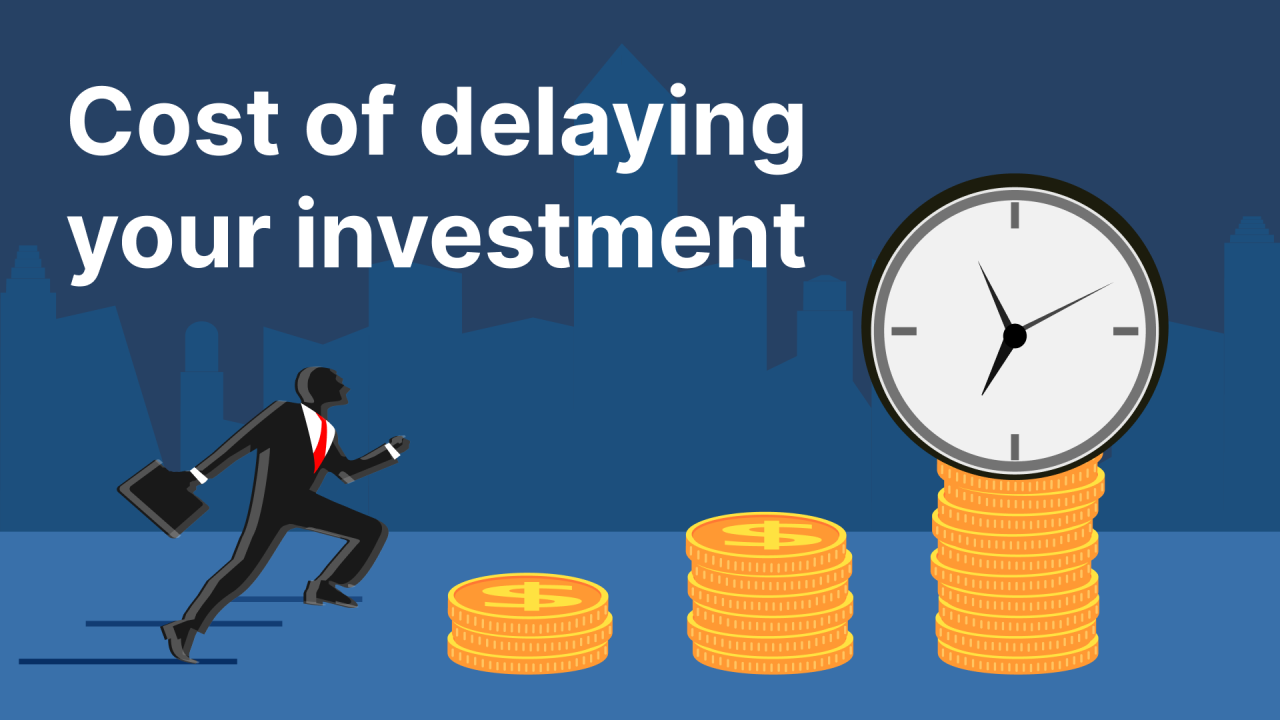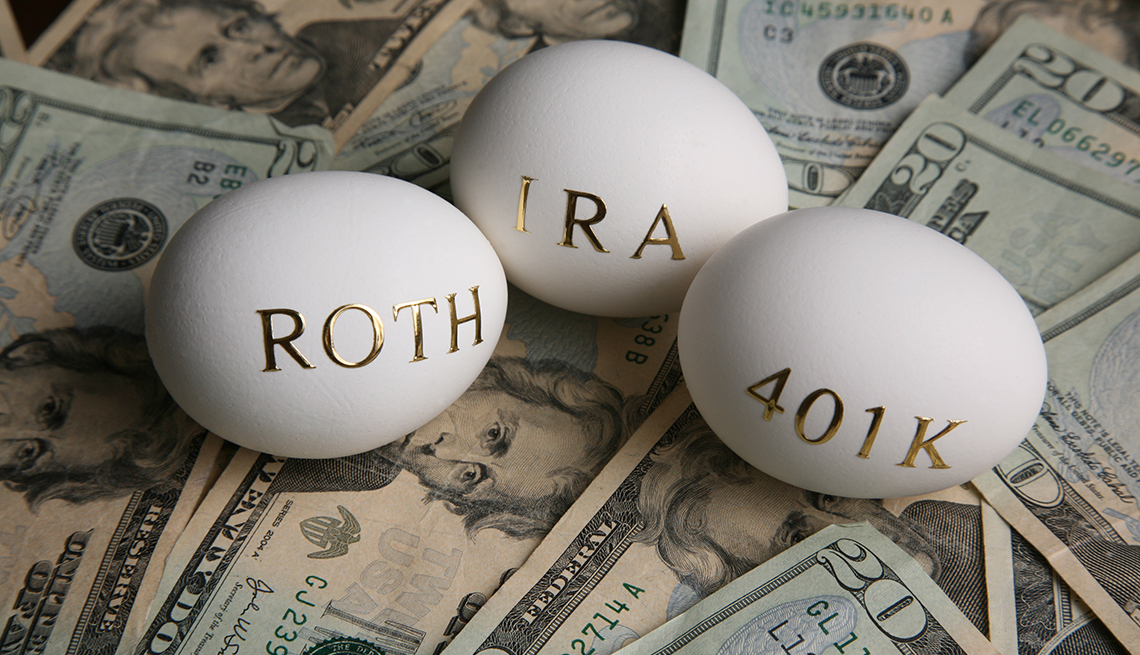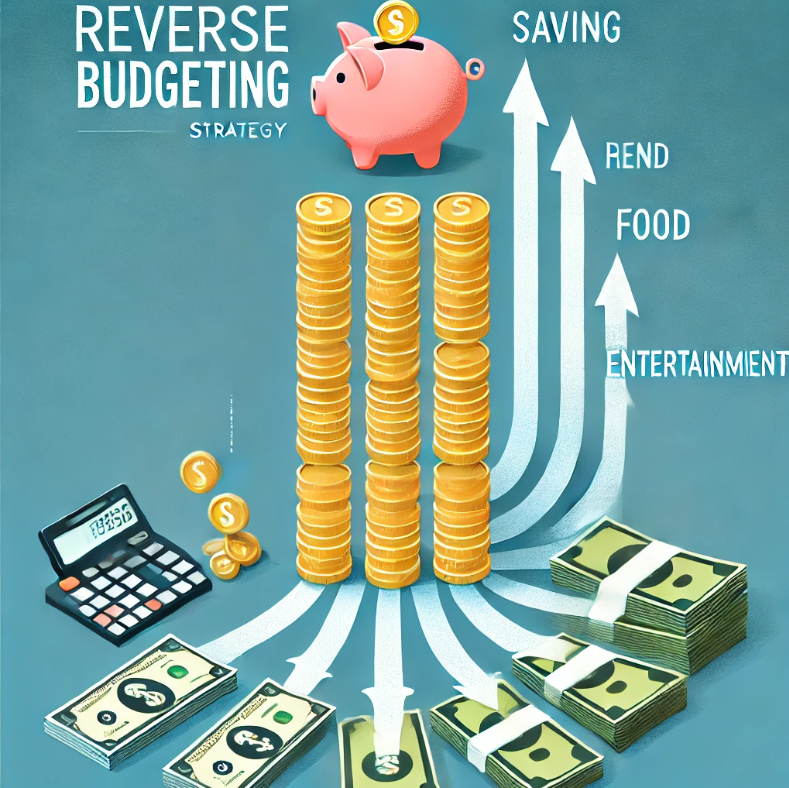One of the most important principles in personal finance and investing is simple: start early. The earlier you begin investing, the more time your money has to grow and compound. Let’s explore why starting early matters so much by comparing scenarios where individuals begin investing at different ages: 20, 30, and 40. You’ll see how time and consistent investing can dramatically impact your financial future. We’ll also examine how much more you would need to invest to reach the same goals when starting later.
How Compound Interest Works
Compound interest is the secret sauce that makes early investing so powerful. When you invest, your money earns returns. Over time, those returns start earning returns as well. This snowball effect accelerates as the years go by, especially if you reinvest your earnings.
For example, let’s assume an average annual return of 8% in a diversified stock market index fund. With this return, your money doubles roughly every 9 years, thanks to the Rule of 72. The longer you invest, the more doubling cycles you experience.
Comparing Scenarios: Starting at 20, 30, and 40
Let’s look at three investors: Alex, Taylor, and Jordan. Each invests $500 per month until they turn 60.
Alex: Starts at 20
- Total invested: $240,000 ($500/month for 40 years)
- Account value at 60: ~$1,482,000
Alex benefits from 40 years of compounding. Despite only investing $240,000, their account grows significantly because their returns compound over four decades.
Taylor: Starts at 30
- Total invested: $180,000 ($500/month for 30 years)
- Account value at 60: ~$736,000
Taylor invests for 30 years. While their contributions are only slightly less than Alex’s, their account is worth about half because they missed out on those crucial early years of compounding.
Jordan: Starts at 40
- Total invested: $120,000 ($500/month for 20 years)
- Account value at 60: ~$302,000
Jordan invests for 20 years, contributing half of what Alex did. While their effort is commendable, they have far less time to let their money grow, resulting in a significantly smaller account value.
Catching Up: How Much More You Need to Invest
Let’s say you want to retire with $1,482,000 by age 60, the amount Alex achieved by starting at 20. Here’s how much more Taylor and Jordan would need to invest monthly to catch up:
Taylor: Starting at 30
To reach $1,482,000 in 30 years with an 8% return, Taylor would need to invest $1,000 per month instead of $500. That’s double Alex’s monthly contribution, illustrating the cost of starting 10 years later.
Jordan: Starting at 40
To reach $1,482,000 in 20 years with an 8% return, Jordan would need to invest $2,500 per month. This fivefold increase in monthly contributions shows just how critical those early years of compounding are.
Lessons from These Scenarios
- Time is Your Greatest Ally: Alex’s early start allowed their money to grow for 40 years. Even with smaller contributions, starting early beats playing catch-up later in life.
- Delaying Costs You: For every decade you delay, the amount you need to invest to reach the same goal increases dramatically. Starting at 20 means you can invest less and still achieve more.
- Consistency Matters: Even if you can’t invest $500 per month, starting with any amount and increasing over time will still give you a major advantage.
What If You’re Starting Late?
If you didn’t start investing early, don’t panic. It’s never too late to start. You may need to invest more aggressively, increase your monthly contributions, or adjust your expectations, but taking action now is better than waiting any longer.
Final Thoughts
Starting early in investing isn’t just a suggestion—it’s a game-changer. The earlier you begin, the more powerful compound interest becomes. Whether you’re 20, 30, 40, or beyond, the best time to start is today. Don’t wait for the “perfect” moment—start building your future now.
Remember: Time in the market is more important than timing the market. Take advantage of every year you have to let your investments grow and pave the way for financial freedom.




